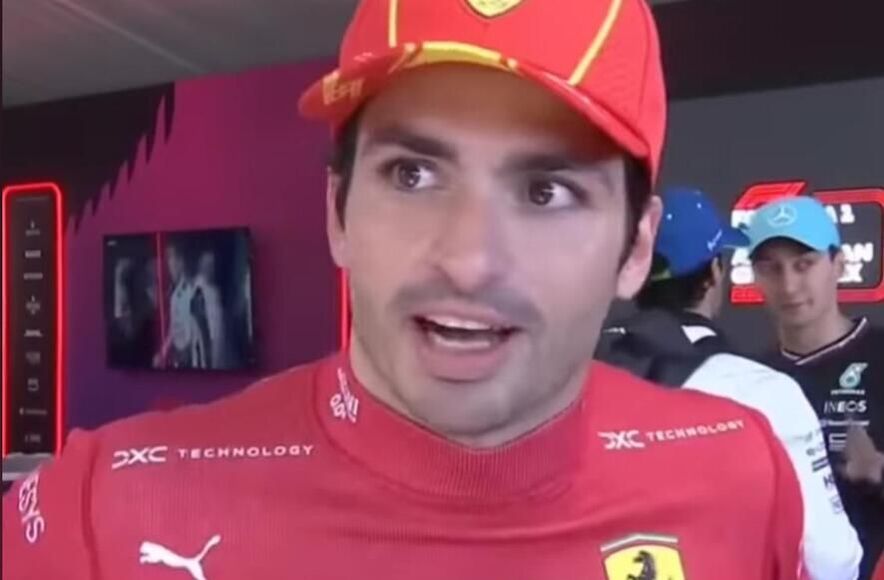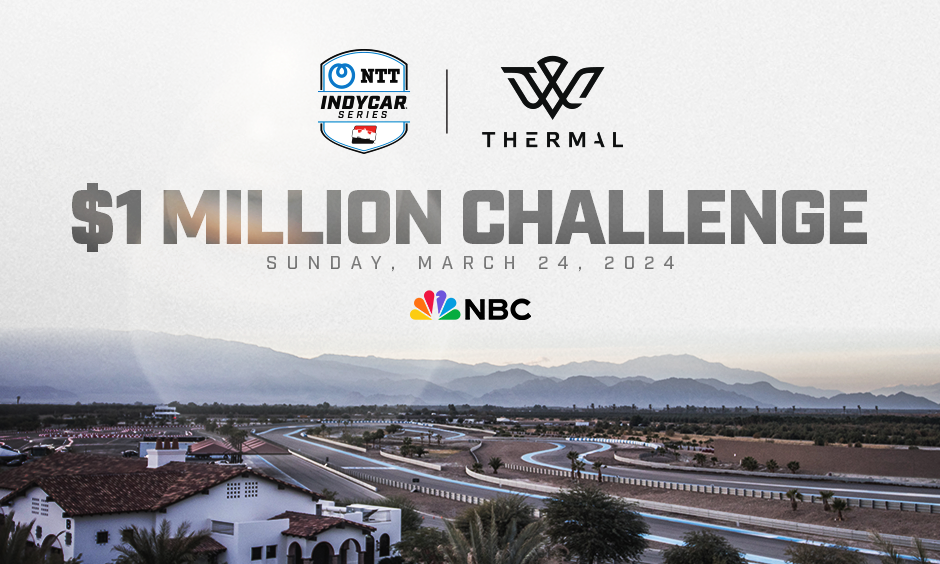|
by Julian Spivey Carlos Sainz had one of the most exciting stories in quite a while in the world of Formula 1 racing on Sunday, March 24, when he won the Australian Grand Prix from Melbourne just over two weeks after he was forced to mix the Saudi Arabian Grand Prix after having to undergo emergency surgery to remove his appendix. There were no guarantees after having his appendix removed that he’d be ready in time for the Australian Grand Prix. Fellow F1 competitor Alex Albon had his appendix removed during the 2022 season and came back to race three weeks later but two weeks might be pushing it a bit. Sainz worked hard to get back behind the wheel of his Ferrari via time in hyperbaric chambers and with an Indiba machine. Sainz told ESPN that even with nine days to go before the Australian Grand Prix he was struggling to lift himself out of his bed. But there he was on Sunday at the Melbourne Grand Prix Circuit starting second on the grid behind two-time reigning F1 champion Max Verstappen, who had won the first two races of the 2024 season and the final seven races of the 2023 season. Verstappen had won all but three races in 2023 and two of the three he didn’t win were won by his Red Bull Racing teammate Sergio Perez. Sainz is the only non-Red Bull driver to win an F1 race since 2022 – having won the Singapore Grand Prix last September. While Sainz winning in Australia just two weeks after having his appendix removed is a fascinating story and makes him the sports hero of the week it would be fudging the story a bit not to admit it also took some luck in doing so with Verstappen’s engine expiring early in the race. F1 races are certainly a bit more wide-open when the unbeatable driver/team is behind the wall. We’re going to stick within the world of motorsports for our sports zero this week with the IndyCar Series as a whole. IndyCar tried something new this year – I guess we have to give them a hand for trying – with the $1 million challenge exhibition race at the Thermal Club, a private club where the millionaire and probably more likely billionaire car enthusiasts of the country and world get to experience fast speeds in their expensive toys, in Riverside County, Calif. From the start, IndyCar going to a rich person’s paradise for a non-points paying race, was an annoyance to me, like the sport was trying to be a bit more hoity-toity like Formula 1 (despite always putting on a better and more competitive racing product). Then the event itself on Sunday, March 24, turned out to be very F1-esque in that it wasn’t competitive at all. Chip Ganassi Racing driver Alex Palou, who has won two of the last three IndyCar titles, dominated the event that saw little passing outside of Andretti Autosport’s Colton Herta, who used a differing tire strategy in the second half of the 20-lap event. The race was billed as an “All-Star Race” of sorts, despite coming after only one race of the 2024 season having been run and turned into a complete dud that had myself and many others who watched from home feeling we had wasted two hours of our weekend. As I mentioned, I didn’t like the idea of this event from the beginning. IndyCar should bill itself as the more exciting, more reasonably priced and more accessible version of open-wheel racing in the world. They shouldn’t be catering to the one-percenters of the world or emulating F1 in any way. But despite my feelings going in I would’ve changed my mind at least partially had it been a banger of a race, which it was not. It was a failure on all levels for IndyCar. What IndyCar should be focused on is adding another points-paying race to the schedule, as well as trying to even up the number of ovals, road courses and street courses. The $1 million challenge at Thermal Club showed that the priorities of the series are a bit out of whack at the moment.
0 Comments
Leave a Reply. |
Archives
July 2024
|

